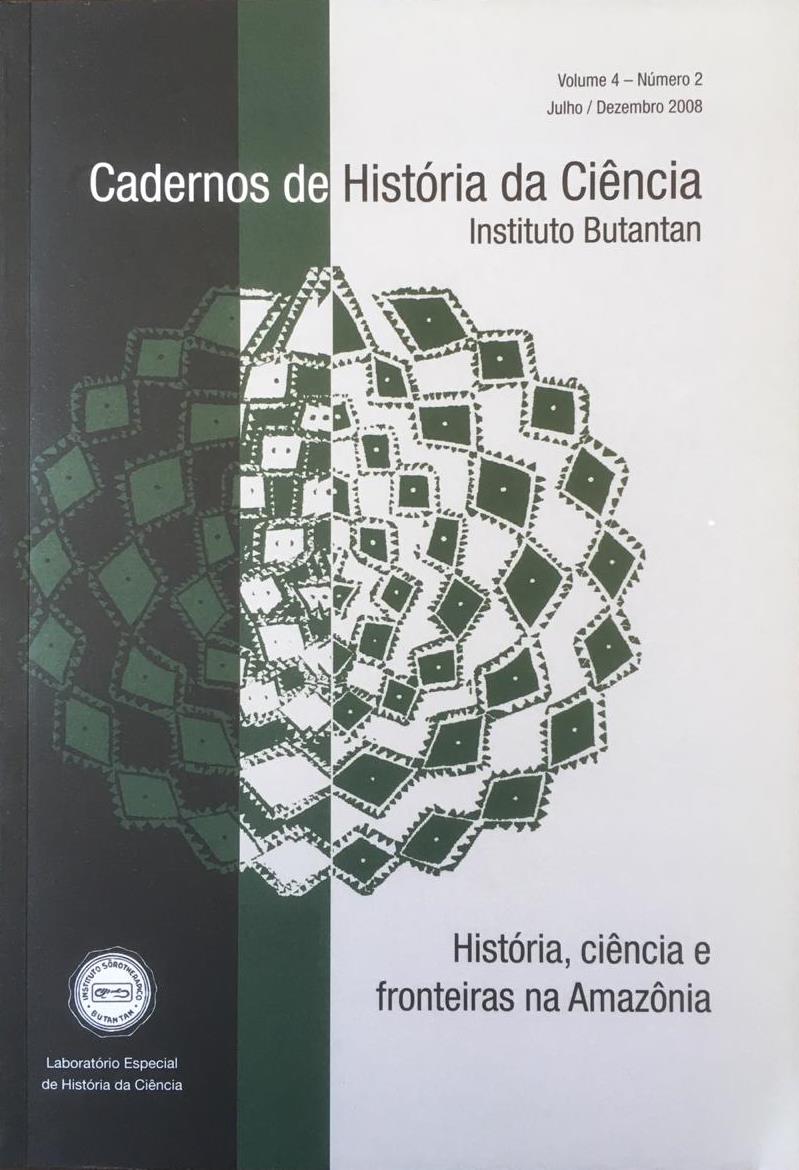Abstract
The increasing interest for the rubber in Amazon, initiated by the exploitation in Colombia, 1896, led to the influx of foreign explorers to South America. One of them was Henry A. Wickham who removed Hevea brasiliensis seeds from Santarém region, Pará. Those were cultivated in Malasia, promoting a veracious trust in the Southeastern Asia. Henry Ford, planning to manufacture his own raw material for the car wheels produced by his Company, bought in July 1927, lands in the Tapajós River valley. A city named Fordlandia was built to be the first “business city” constructed in Amazon, offering to the inmates: hospital, school, piped water, electric power, dwelling, leisure and employment. Nevertheless, the investment of 125 thousand dollars to acquire lands did not brought correspondent profit in the exploitation of cultivated rubber trees; apart from the mountainous topography and sandy soil, which turned more difficult the mechanized culture, the attack of the fungus Microcyclus ulei practically lessen the rubber trees cultivated in the first years. Then the Ford Industrial Company of Brazil was transferred to Belterra, Santarém in 1934. The low productivity, the end of II World War and consequent decrease in rubber demand, and the production of synthetic rubber led to the American withdrawn from the Tapajós region in 1945. The Brazilian federal government acquired all benefits and rubber plantations but did not avoid Fordlandia’s degradation that had its material inheritance deteriorated, leaving buildings in ruins and reminds of the prominent rubber period in few reminiscent inhabitants.
References
Benchimol S. Romanceiro da batalha da borracha. Manaus: Imprensa Oficial do amazonas, 1992.
Cohen J. Fordlândia: a grande interrogação do futuro. Belém, 1929.
Costa FA. Grande Capital e Agricultura na Amazônia. Belém: Universidade Federal do Pará, 1993.
Dean W. A luta pela borracha no Brasil: um estudo de história ecológica. São Paulo: Ed. Nobel, 1989.
Franco E. O Tapajós que eu vi. Santarém: Ed. ICBS, 1998.
Rocha GM. Cidade e empresa na Amazônia: gestão do território e desenvolvimento local. Belém: Paka-Tatu, 2002.
Santos PR. Tupaiulândia. Santarém: ICBS, 1999.
Weinstein B. A borracha na Amazônia: expansão e decadência, 1850-1920. São Paulo: Hucitec/Edusp, 1993.
